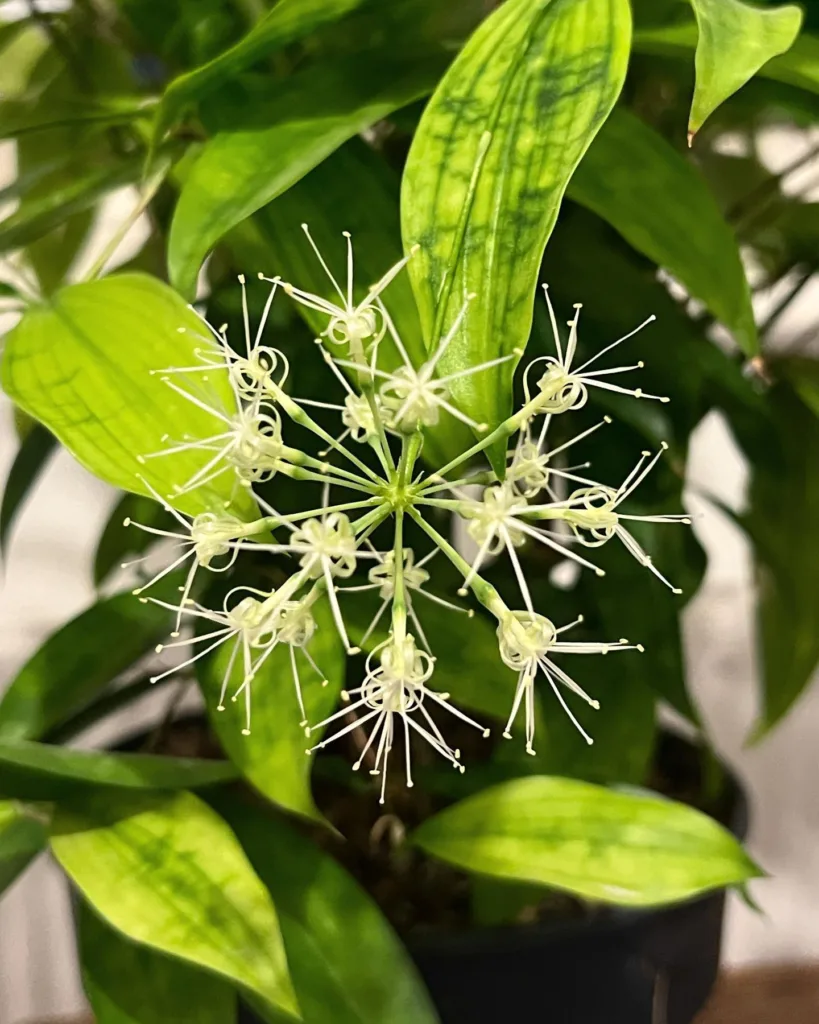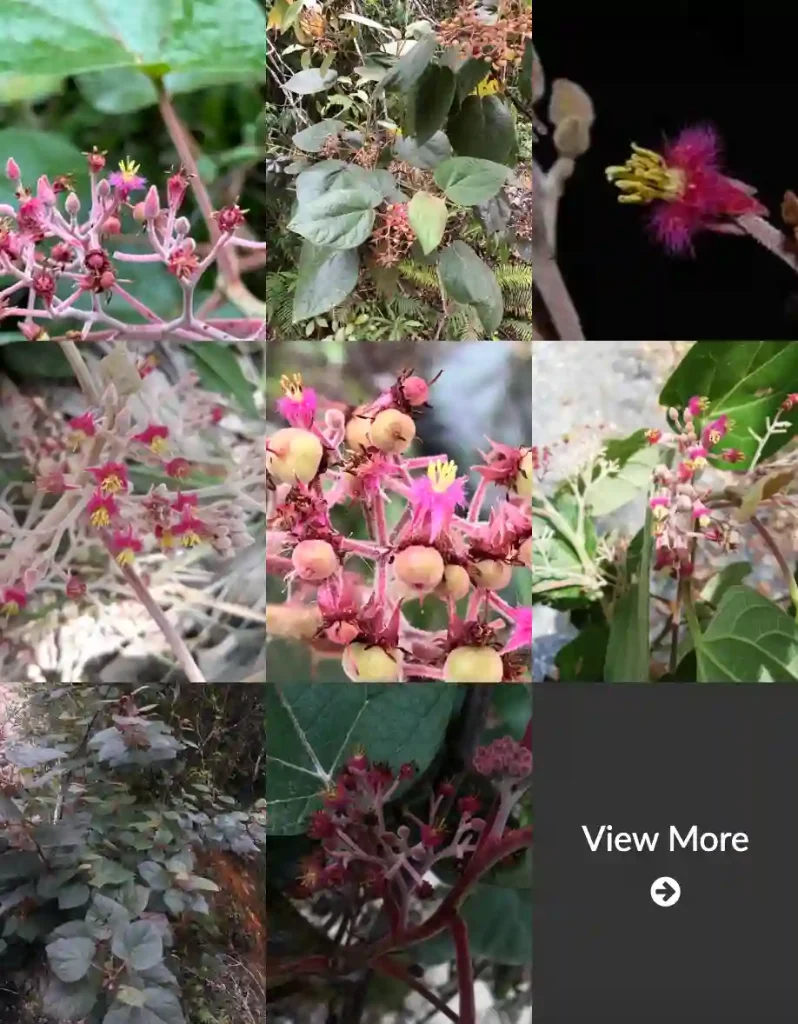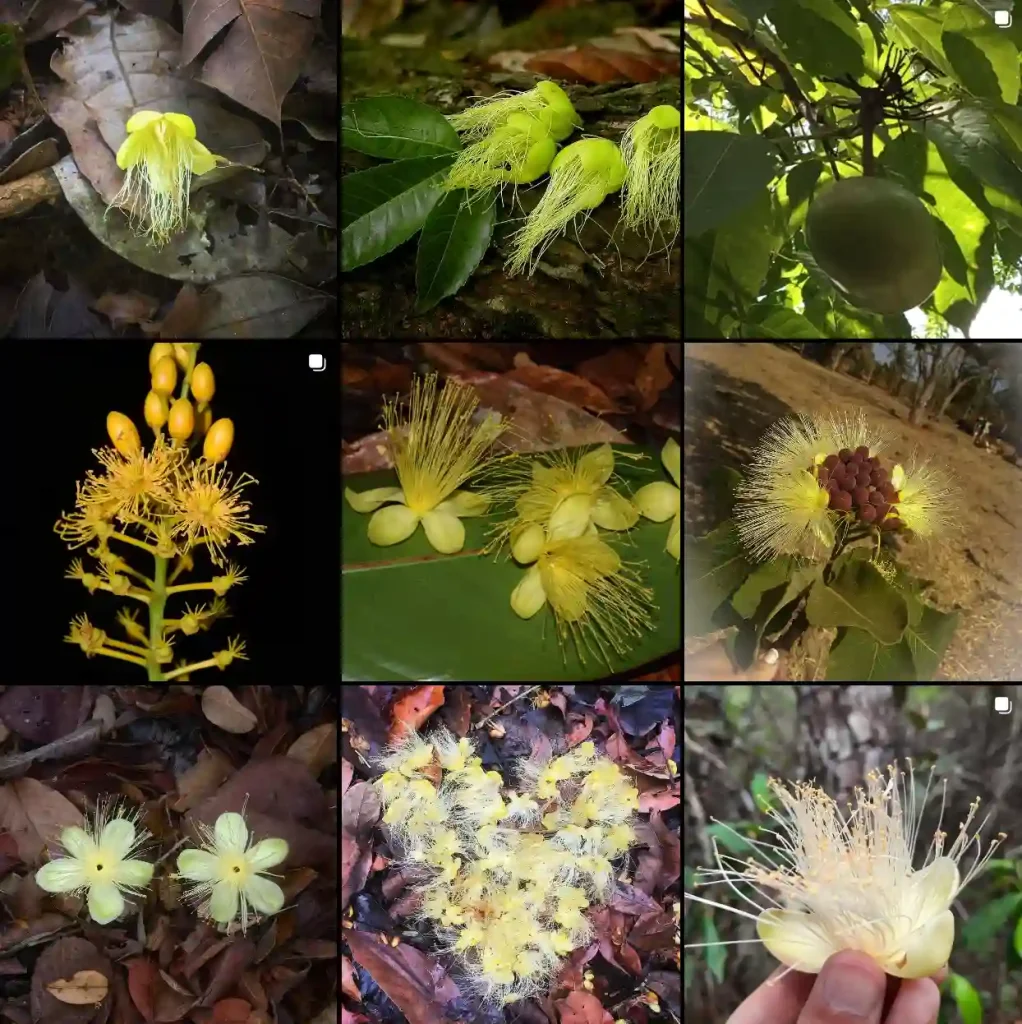FAQs About Taraxacum Platycarpum
As a plant enthusiast, I’ve had the pleasure of exploring many species, including Taraxacum Platycarpum, which often sparks curiosity among gardeners. Here are some frequently asked questions I get about this plant, along with answers from my experience.
2488 Species in Genus Taraxacum
What Is Taraxacum Platycarpum?
Taraxacum Platycarpum, commonly known as the Korean Dandelion, is a perennial plant native to East Asia. It shares a resemblance to the more commonly known Taraxacum Officinale (the common dandelion) but has distinct differences. It grows in grasslands, fields, and roadsides, producing yellow flowers. In my experience, the leaves of Taraxacum Platycarpum are broader and grow in more organized rosettes compared to the wild, sporadic appearance of Taraxacum Officinale.
How Do I Care for Taraxacum Platycarpum?
Caring for Taraxacum Platycarpum is simple if you understand its needs. It thrives in well-draining soil with moderate moisture. Whether you grow it outdoors or in a container, ensure it gets at least 6 hours of sunlight daily. I’ve found that regular watering is important during the growing season, but you can reduce water during winter when the plant enters dormancy.
As for fertilizing, it’s best to apply a balanced fertilizer in the early spring to give it a boost for the growing season. Avoid over-fertilizing because dandelions are hardy plants and don’t need heavy feeding.
How Do I Propagate Taraxacum Platycarpum?
Propagating Taraxacum Platycarpum can be done through seeds or root cuttings. In my experience, seed propagation is the most effective. Collect seeds from the plant’s mature flowers and sow them directly into the soil in early spring. The seeds should be lightly covered with soil and watered until they sprout.
For root cuttings, I recommend taking a healthy root segment in fall or spring and planting it in well-draining soil. Ensure the cutting is watered well to establish roots, though I’ve found seed propagation quicker and easier for most gardeners.
Can Taraxacum Platycarpum Be Grown Indoors?
Yes, you can grow Taraxacum Platycarpum indoors if you provide enough light. Place the plant near a south-facing window or under grow lights for at least 6-8 hours of sunlight. I’ve grown it indoors before, and while it’s possible, I find it thrives much better outdoors where it gets plenty of natural light.
Is Taraxacum Platycarpum Toxic?
Taraxacum Platycarpum is not toxic to humans or pets, which is one reason I love having it in my garden. Its leaves and flowers are even edible, just like the common dandelion, and are often used in teas or salads.
What Are the Benefits of Taraxacum Platycarpum?
One of the key benefits of Taraxacum Platycarpum, similar to Taraxacum Officinale, is its edible and medicinal properties. The leaves, roots, and flowers are packed with vitamins A, C, and K, as well as antioxidants. I’ve personally used it to make herbal teas, which are known for supporting digestion and liver health. Additionally, it attracts pollinators like bees and butterflies, making it a great addition to any eco-friendly garden.
Common Problems with Taraxacum Platycarpum
Taraxacum Platycarpum is generally pest and disease-resistant. However, I’ve occasionally seen issues with aphids or powdery mildew. To prevent mildew, ensure good airflow around the plant and avoid overhead watering. If aphids appear, a spray of water or insecticidal soap should handle the problem.
What Plants Pair Well with Taraxacum Platycarpum?
In my garden, I’ve planted Taraxacum Platycarpum alongside low-growing herbs like thyme and chamomile. These companions provide a beautiful contrast in texture and color while attracting beneficial insects. I also like to pair them with wildflowers or grasses to create a natural, meadow-like appearance.
Taraxacum Platycarpum vs. Taraxacum Officinale: What’s the Difference?
When comparing Taraxacum Platycarpum vs. Taraxacum Officinale, the most noticeable difference is their geographic origin. Taraxacum Platycarpum is native to East Asia, particularly Korea, while Taraxacum Officinale is found globally, particularly in Europe and North America.
In my garden, I’ve noticed that Taraxacum Platycarpum has broader, more structured leaves and tends to form a neater rosette. Its flowers also bloom in a more organized fashion, while Taraxacum Officinale can appear wild and unruly. Another distinction is that Taraxacum Platycarpum tends to be slightly shorter in height, making it a better choice for more controlled garden designs.
How Does Taraxacum Platycarpum Compare to Other Similar Plants?
Many people confuse Taraxacum Platycarpum with similar plants like Leontodon Autumnalis, another member of the Asteraceae family. However, Leontodon has smaller, less vibrant flowers and a more slender appearance. The rosettes of Leontodon are also more loosely formed, and in my experience, it doesn’t grow as aggressively as dandelions do.
What Are the Benefits of Growing Taraxacum Platycarpum?
Growing Taraxacum Platycarpum in your garden offers several benefits beyond its aesthetic appeal. It’s an excellent choice for a pollinator-friendly garden, and its taproot helps aerate the soil, promoting healthier garden beds. If you’re into foraging or making your own herbal remedies, this plant offers culinary and medicinal uses.
Can Taraxacum Platycarpum Become Invasive?
Like its cousin Taraxacum Officinale, Taraxacum Platycarpum can spread quickly if left unchecked. However, I’ve found that it’s easier to manage than the common dandelion, as it tends to spread less aggressively. Regularly deadhead the flowers before they go to seed if you want to control its spread.
Taraxacum Platycarpum is a fascinating and versatile plant that can add both beauty and utility to your garden. Whether you’re looking for a pollinator-friendly addition, a medicinal herb, or simply something unique, this plant offers it all.
If i die, water my plants!



